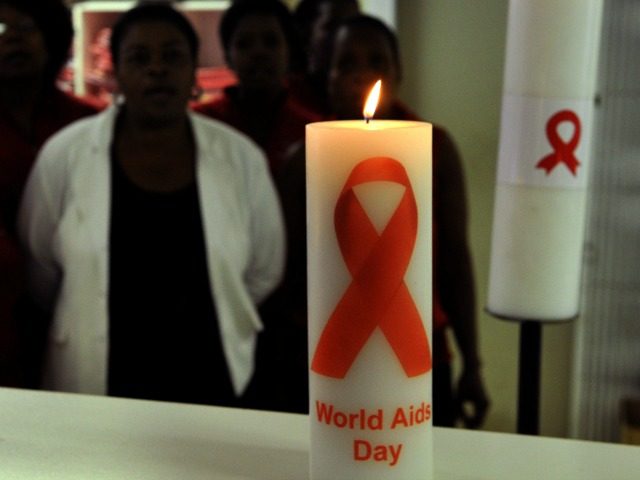None of the estimated 400,000 refugees who have entered the United States since 2010 were screened for the Human Immunodeficiency Virus (HIV) in their overseas medical screenings, thanks to a change in federal regulations made by the Obama administration that year.
Even though all refugees are encouraged to participate in an initial domestic medical screening that does include HIV testing within 90 days of entering the country, no one knows how many HIV positive refugees have arrived in the United States in the subsequent six and a half years, since participation in these screenings is voluntary and a significant percentage of refugees simply choose not to be screened.
The number of HIV positive refugees who have entered the country since 2010 may be at least 2,000, or approximately 350 per year, and is probably significantly higher.
No one knows exactly how much state and federal taxpayers are paying to treat HIV positive refugees.
HIV is not an infectious disease such as tuberculosis or measles, and is transmitted primarily through unprotected sex or intravenous drug use. In some cases it has been transmitted through blood transfusions.
The Obama administration dropped screening for HIV as part of the required overseas medical screening program for all foreign visitors, from tourists to legal immigrants — including those arriving as legal permanent residents, those on temporary student visas, and refugees.
Before that rule change, refugees diagnosed with HIV during their overseas medical screenings were categorized as Class A medical risks were deemed “inadmissable” and not allowed to enter the United States, with one notable loophole. HIV positive refugees could apply for a medical waiver from the Department of Homeland Security’s U.S. Citizenship and Immigration Services agency (USCIS).
According to a Centers for Disease Control (CDC) report, a total of 186 HIV positive refugees were admitted to the United States in 2009.
“Beginning January 4th, 2010, refugees are no longer tested for HIV-infection prior to arrival in the U.S,” the CDC’s immigrant and refugee health guidelines state. “HIV infection was removed from the list of inadmissible conditions for immigration purposes [at that time], and HIV testing is no longer required as part of the immigrant medical examination,” according to another CDC report.
In 2013, just 3 of the 1,086 refugees who completed domestic medical screenings in Pennsylvania (not including Philadelphia) tested positive for HIV. That year, while 58 percent of refugees arriving in the Keystone State (not including Philadelphia), or 1,086 out of 1,872, submitted to initial medical screening 42 percent, or 786 out of 1,872, did not.
Though to date few of the fifty states have publicly reported the percentage of arriving refugees who test positive for HIV at their initial domestic medical screening, if the 70,000 refugees who arrived in the U.S. in 2014 test positive at the same rate as those arriving in Texas, the nationwide number is likely to be about 350.
“More than 1.2 million people in the US are living with HIV, and 1 in 8 of them don’t know it,” according to a recent report from the CDC, which adds:
In 2014, an estimated 44,073 people were diagnosed with HIV infection in the United States. The number of new HIV diagnoses fell 19% from 2005 to 2014. Because HIV testing has remained stable or increased in recent years, this decrease in diagnoses suggests a true decline in new infections. The decrease may be due to targeted HIV prevention efforts. However, progress has been uneven, and diagnoses have increased among a few groups.
Left untreated, HIV can develop into Acquired Immune Deficiency Syndrome (AIDS), the deadly disease that spread through the world and the United States at epidemic rates in the 1980s. The disease remains a significant ayhealth problem in the United States, with over 6,000 deaths attributable to it on 2014.

COMMENTS
Please let us know if you're having issues with commenting.